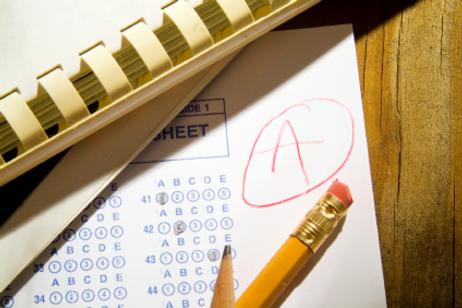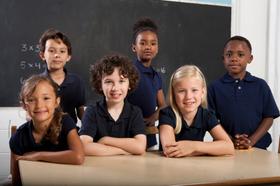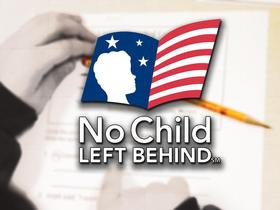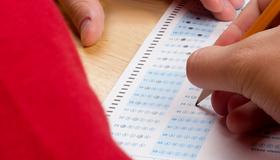Teachers say students are becoming more unruly and disrespectful. Schools complain that it is getting harder to get parents involved. So what is the solution? Some school districts have turned to handcuffing and police intervention as a way to get students under control. However, that idea is not sitting well with many parents and community members – particularly when it is their own children on the receiving end of the harsh disciplinary measures. After all, what type of message does a school send to students when they are throwing handcuffs on young wrists? In this author's opinion, which is supported by research, it is a message that encourages a vicious cycle of future violence and criminality.
This video demonstrates handcuffing.
Recent Incident in Mississippi Results in Policy Change
Jackson Public Schools in Mississippi have had a policy that allows handcuffing students to stationary objects as a means of discipline. The policy has been particularly prevalent at Capital City Alternative School, where teachers and administrators say discipline problems abound. According to a report in the San Francisco Chronicle, a suit was filed last year in response to this policy, which forced the school district to take another look at their disciplinary measures.
The lawsuit was filed by Jeanette Murry on behalf of her son, who was 16 at the time of the incident and a student at the alternative school. Murry stated






















